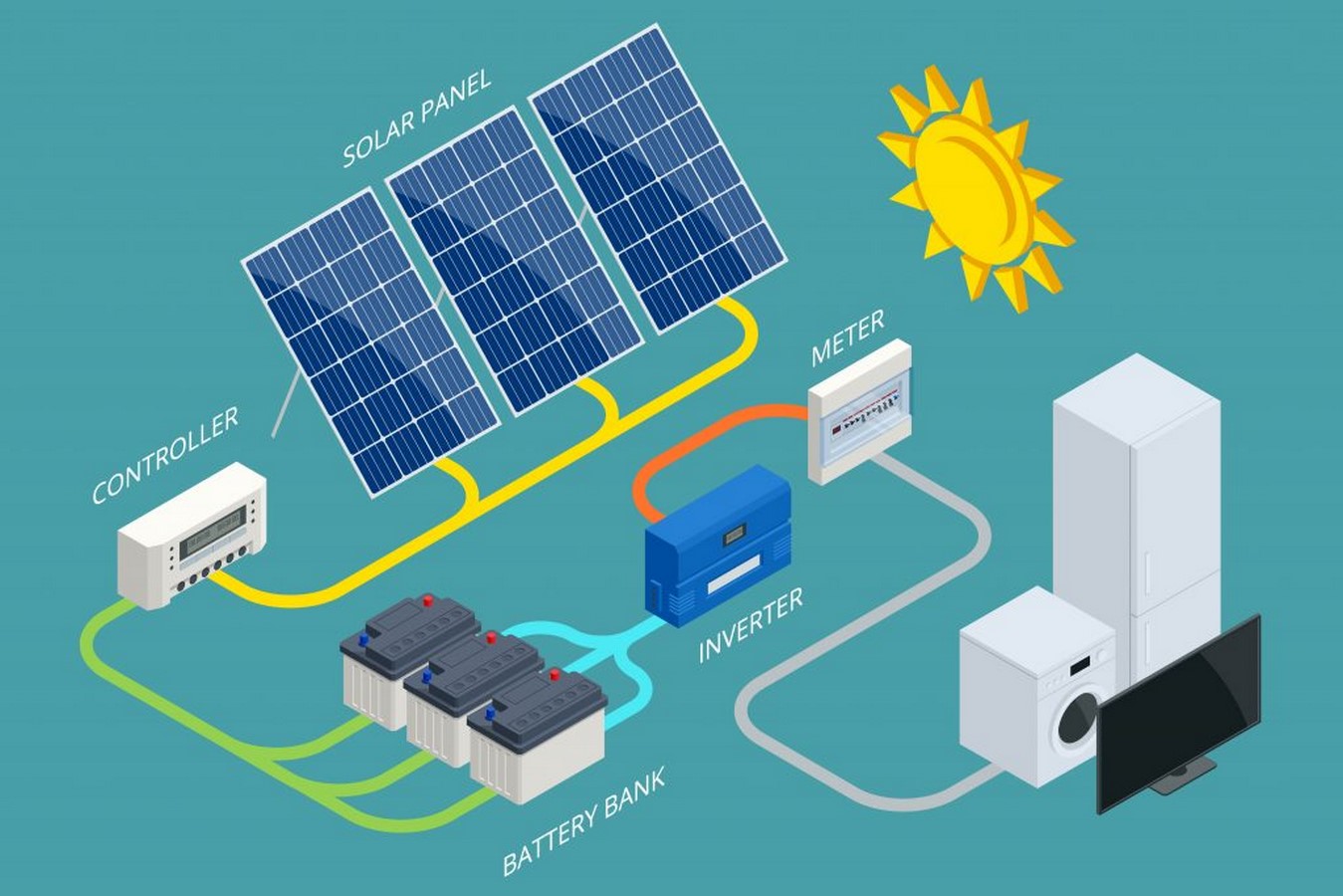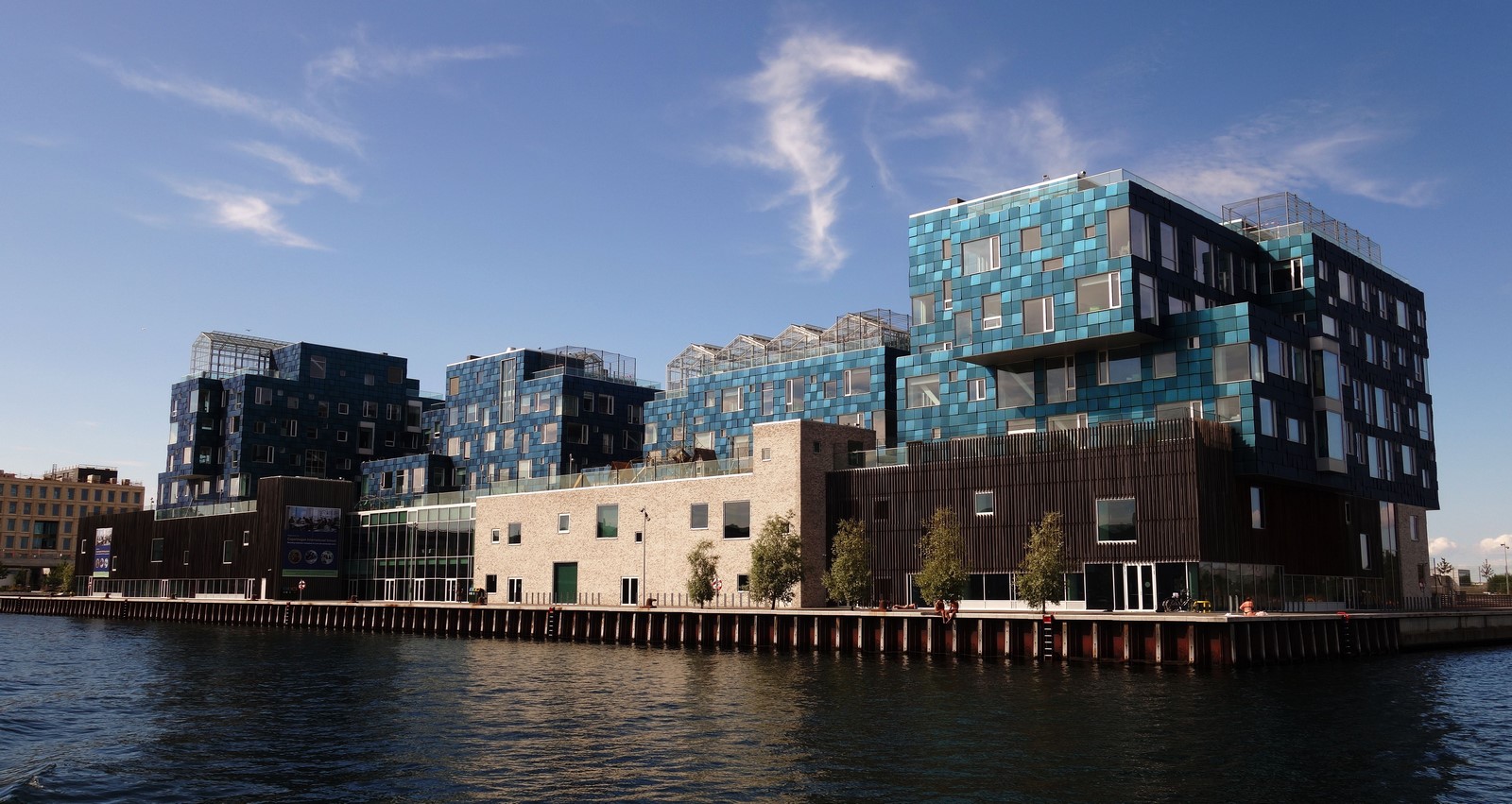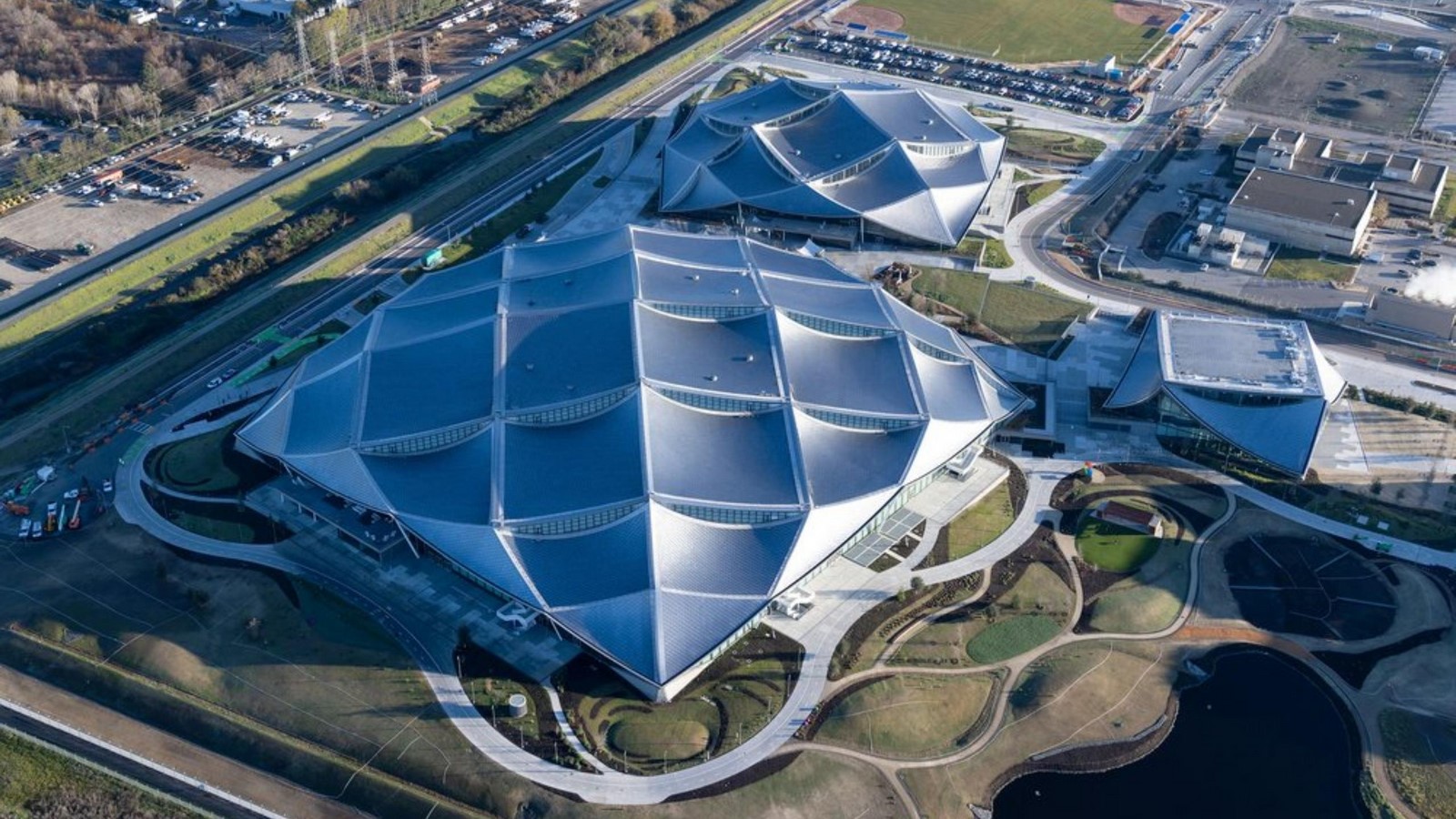Architectural design using solar panels has become increasingly popular as people realize how important it is to find sustainable energy solutions. By developing an architectural design, a variety of ideas and requirements on the various fields involved are integrated and fused together into a carefully developed system. In addition to offering a renewable and environmentally friendly power source, solar panels are drastically changing the way we view and utilize buildings. Solar energy integration into building design is becoming simpler and more affordable because of recent advancements in solar technology. This has driven designers to include solar panels in their designs, facilitating the creation of low-carbon, buildings that are energy-efficient.
Advantages of solar energy
With its endless power, solar energy has been a wonderful gift to humanity, creating countless new ideas and inventions. This is a significant source of solar-powered renewable energy. It is plentiful in nature and sustainable at the same time. Various advantages of solar energy includes
- Cost Reduction
- Renewable Energy Source
- Low maintenance cost.
- Excess energy can be sold to the grid.
- Reduce carbon footprint.
- Increase property value.
- Diverse application.

Architecture Design with Solar energy
Facade Integration
The facade, an essential part of the architecture, helps to shield the structure. By using solar panels as facade cladding, a multipurpose structure that guarantees the building’s energy supply is generated. However, before installation, the structural aspects should be fulfilled. Moisture protection, fire resistance, and structural ability should be accounted for. With growing technology and innovation the integration of solar panels into the facade has given new identification. With the development of building-integrated photovoltaics, or BIPVs, all of that is rapidly changing. This innovative type of solar panel is integrated right into the structure of the building. The sleek panels transform into a striking new design feature that is on show for everyone to admire.

CF Møller covered 12,000 solar panels with blue cladding to reflect the Copenhagen International School for Nordhavn’s waterfront location. The solar panels are positioned to produce more than half of the building’s yearly electricity needs. They also give the outside a sequin-like appearance.
Roof Integration
These PV systems, which produce energy with building roofs, are frequently among the most practical methods to include photovoltaics in a design. For cooling reasons, the PV system for inclined roofs can be positioned above and parallel to the roof surface with a few inches of space between them. By adjusting the tilt angle towards the sun, a separate structure may be used to increase energy performance in situations when the angles are not ideal or when the roof is flat. However, more aesthetic and parametric designs are been invented to create more visually stunning structures. Custom designs are now highly sorted out and explored by designers.
For Example, Silicon Valley saw the opening of Google’s first ground-up campus, which was created by BIG – Bjarke Ingels Group and Heatherwick Studios in collaboration with Google’s engineering and design teams. The campus aims to create a human-centric design for Google’s future workplace and establish new international sustainability guidelines for building and office layouts. The large-span canopies of the building feature solar roofs that are known as “Dragon Scale”. These roofs are equipped with 50,000 solar panels that generate over seven megawatts of electricity. Besides illuminating the interior workstations without causing any glare, the opaque roof structures also manage sound and reduce thermal heat gain. Overall, this equipment provides sustainable energy solutions while ensuring comfortable working conditions. It is anticipated that the site will become the largest facility to get the Living Building Challenge (LBC) Water Petal Certification from the International Living Future Institute (ILFI) and earn a LEED-NC v4 Platinum certification.

Solar Roads
Another creative use of solar PV is to create solar roadways, which upgrade the current infrastructure into a sustainable and intelligent network. Durable, modular solar panels that collect solar energy, transfer data, and offer illumination and signs make up solar highways. Because solar roads can melt snow and ice, detect traffic, and monitor the weather, they also enhance the performance and safety of transportation networks. In order to create an effective and circular energy system, solar highways may also be combined with smart grids, electric automobiles, and charging stations. But genuine roads with actual cars on real surfaces have not yet been used to test the claims of safety of using solar panels on roads. So far, they have conducted tests in a controlled environment with bikes and a pendulum rig. This does not take into consideration things like vehicle oil spills and rain on the pavement. The panels’ ability to sustain the weight of traffic is uncertain, despite testing having been conducted in other locations.
The primary disadvantage of solar highways. Being a relatively new idea, solar highways rely on expensive solar panels, particularly if they are intended to support the weight of moving cars. Moreover, hundreds of thousands of kilometers would be covered by the panels as they were installed one after the other.
This indicates that a substantial sum of money is needed to get the project started, in addition to the knowledge needed for the procedure and additional equipment like inverters, batteries, and the wire itself. For example, the WattWay in France, which cost around €5 million, covered just 1 km, or roughly 2,880 square meters, of solar panels when it was first introduced in 2016.

In conclusion, the trend for solar-powered constructions is being driven by a confluence of issues related to the environment, finances, technology, and aesthetics. Solar energy may be used into building design by architects and builders to help develop sustainable, energy-efficient structures that will benefit people and the environment.
References:
1.Energy 5. (n.d.). The Future of Sustainable Design Solar Panels in Architecture. [online] Available at: https://energy5.com/the-future-of-sustainable-design-solar-panels-in-architecture [Accessed 5 Nov. 2023].
2. SOLAR ARCHI- TECTURE NOW AND FOR THE FUTURE. (n.d.). Available at: https://solarchitecture.ch/wp-content/uploads/2020/02/Solar-Architecture-Now-and-for-the-future.pdf [Accessed 5 Nov. 2023].
- ArchDaily. (2022). Google’s Bay View Campus Designed by BIG and Heatherwick Studio Opens in Silicon Valley, California. [online] Available at: https://www.archdaily.com/982121/googles-bay-view-campus-designed-by-big-and-heatherwick-studio-opens-in-silicon-valley-california.















